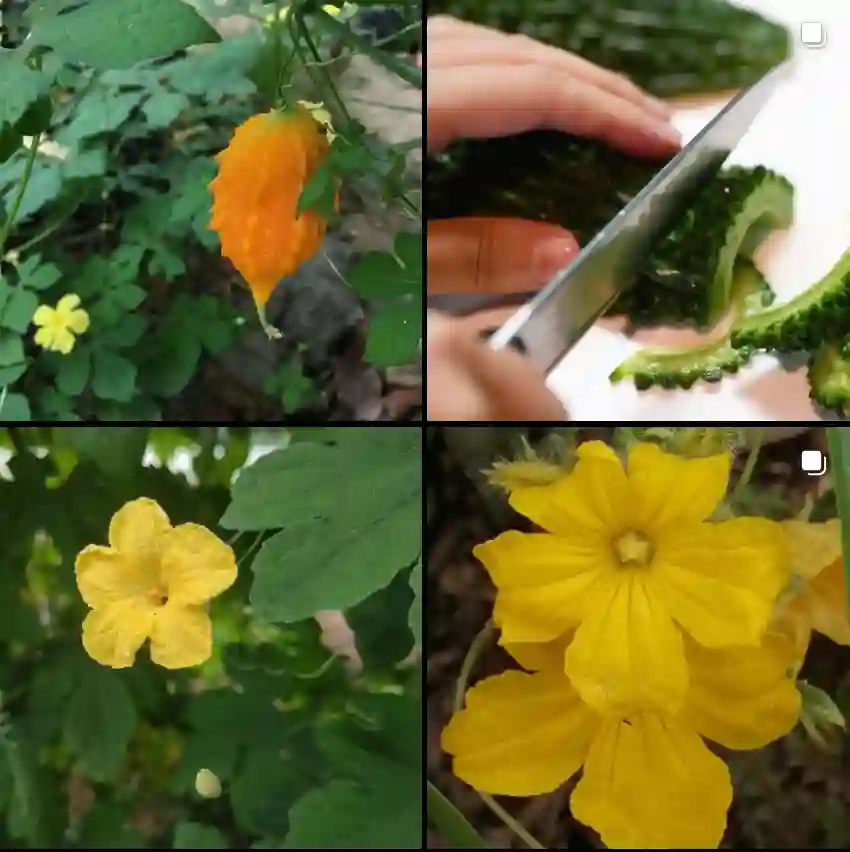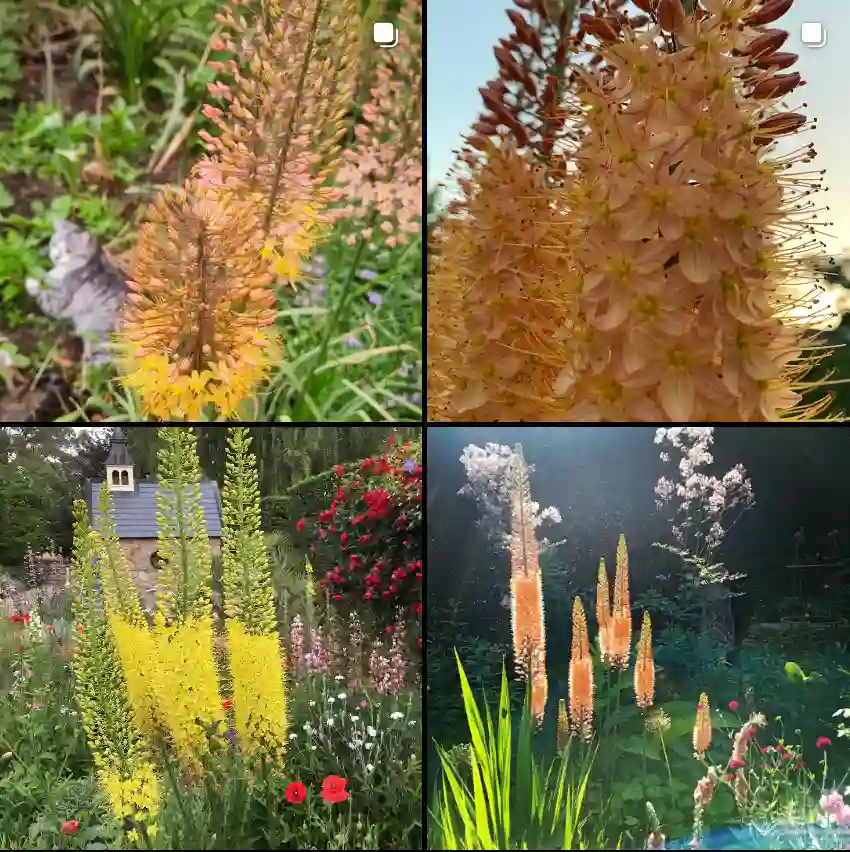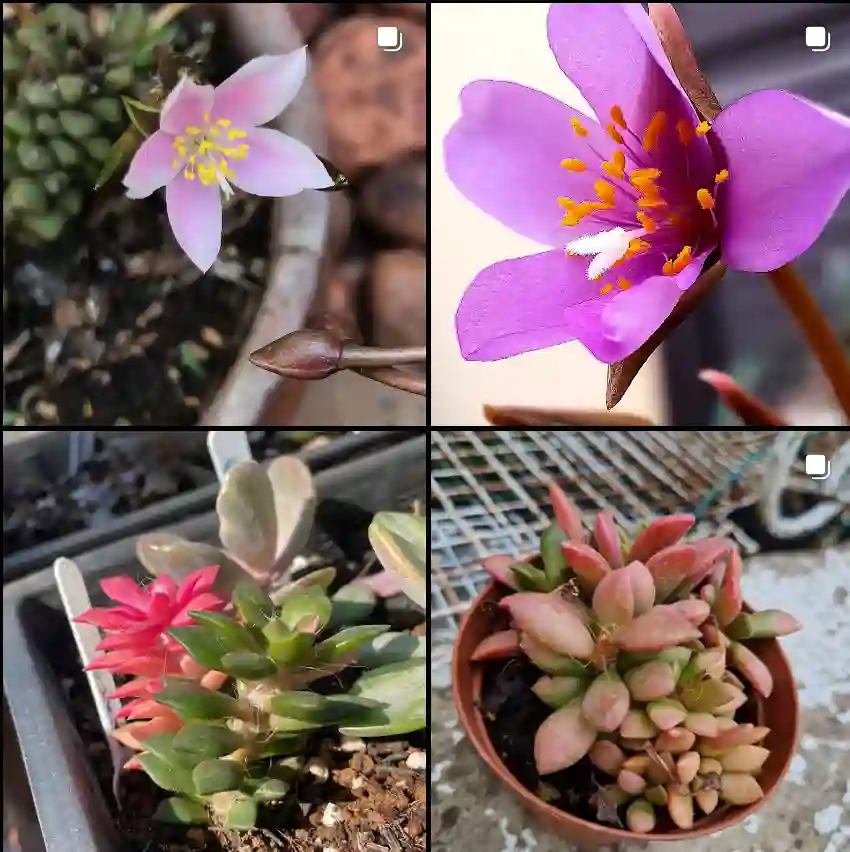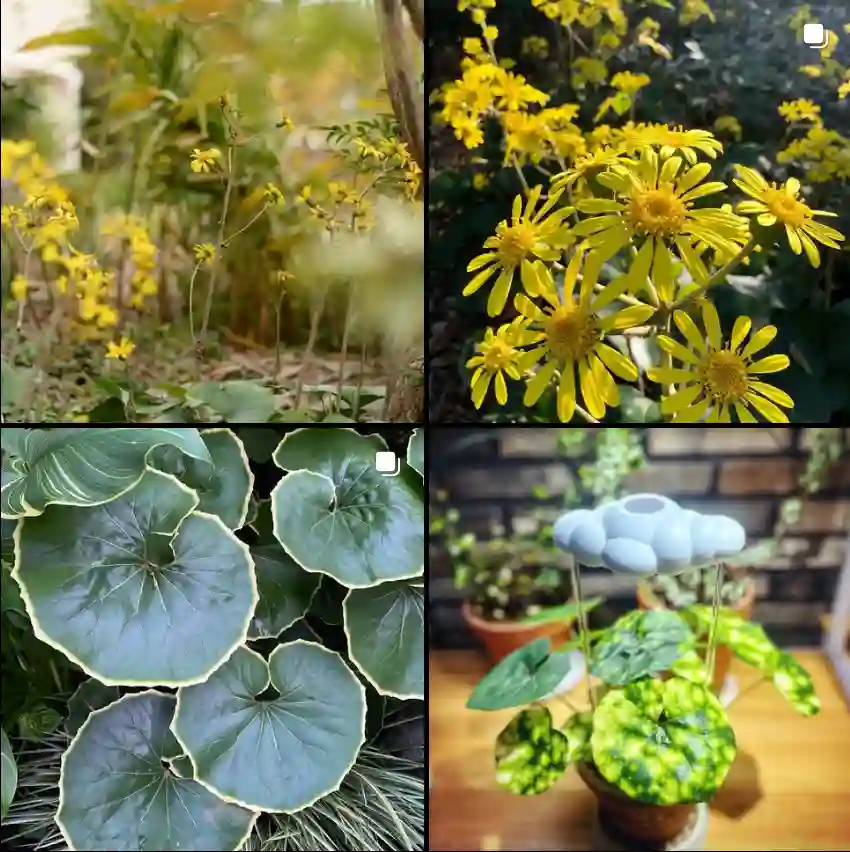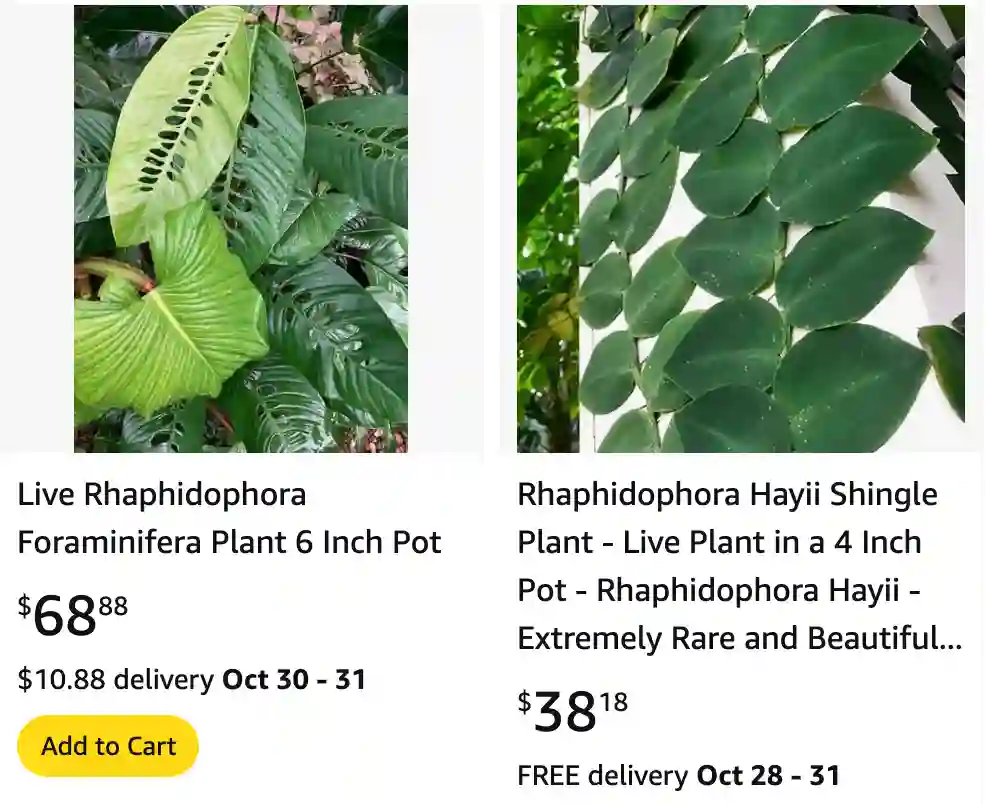
Rhaphidophora FAQs by Ferb Vu
Hey there, plant enthusiasts! I’m Ferb Vu, and I’m here to answer your burning questions about theRhaphidophora, a genus of tropical climbing plants known for their stunning foliage.
These leafy wonders are often confused with their popular cousin, the Monstera. While they share some similarities, Rhaphidophora offers unique characteristics that make them stand out in the plant world. So, buckle up and get ready to dive deep into the world of Rhaphidophora!
What is a Rhaphidophora?
The Rhaphidophora is a genus of evergreen aroids – Araceae family, meaning they belong to the same family as philodendrons and Monsteras. These climbing vines are native to the rainforests of Southeast Asia and New Guinea, where they thrive in warm, humid environments.
Rhaphidophora species are known for their glossy, heart-shaped leaves, some boasting impressive splits and perforations. They’re relatively fast growers and can add a touch of lushness to any indoor space.
Rhaphidophora vs Monstera: What’s the Difference?
As I mentioned earlier, Rhaphidophora and Monstera are often mistaken for each other. Here’s a quick breakdown to help you tell them apart:
- Leaves: Both have large, glossy leaves. However, Rhaphidophora leaves tend to be more elongated and heart-shaped, while Monstera leaves are broader and more rounded.
- Leaf splits: Rhaphidophora fenestrations (those fancy holes in the leaves) are typically smaller and more numerous than those found on Monstera Deliciosa, the Swiss Cheese Plant.
- Aerial roots: Both have aerial roots, which they use to climb and absorb moisture from the air. However, Rhaphidophora aerial roots are often thicker and more prominent.
Rhaphidophora Care Guide
Rhaphidophora plants are generally easy to care for, making them ideal for beginner plant owners. Here are some key things to keep in mind:
- Light: Rhaphidophora prefers bright, indirect light. Avoid direct sunlight, which can scorch the leaves.
- Watering: Water your Rhaphidophora when the top inch of soil feels dry. Overwatering is a common mistake, so err on the side of underwatering.
- Humidity: These tropical plants thrive in high humidity. You can increase humidity by using a humidifier, grouping plants together, or placing your Rhaphidophora on a pebble tray filled with water.
- Temperature: Maintain a comfortable temperature range between 65°F and 80°F (18°C – 27°C).
- Soil: Use a well-draining, aroid potting mix that allows for proper aeration and drainage.
- Fertilizer: During the growing season (spring and summer), you can fertilize your Rhaphidophora monthly with a balanced liquid fertilizer diluted to half strength.
Common Rhaphidophora Problems
While Rhaphidophora are relatively low-maintenance, here are a few problems you might encounter:
- Brown leaves: This can be caused by underwatering, overwatering, or lack of humidity.
- Yellow leaves: This is a natural part of the aging process. However, excessive yellowing could indicate nutrient deficiency or too much direct sunlight.
- Pests: Rhaphidophora can be susceptible to mealybugs, spider mites, and scale. Regularly inspect your plant and treat infestations promptly with insecticidal soap or neem oil.
Can I Propagate Rhaphidophora?
Absolutely! Rhaphidophora can be propagated through stem cuttings. Take a stem cutting with a few nodes, dip it in rooting hormone (optional), and plant it in a pot with moist, well-draining soil. Provide warmth and humidity, and you should see new growth in a few weeks.
Is Rhaphidophora Toxic?
Yes, unfortunately, Rhaphidophora contains calcium oxalate crystals, which are toxic to humans and pets if ingested. Keep your Rhaphidophora out of reach of children and curious animals to avoid any potential harm.
Species Diversity
The diversity within the Rhaphidophora genus is nothing short of astonishing. Here are:
- Rhaphidophora acuminata Merr.
- Rhaphidophora africana N.E.Br.
- Rhaphidophora angustata Schott
- Rhaphidophora araea P.C.Boyce
- Rhaphidophora australasica F.M.Bailey
- Rhaphidophora balgooyi P.C.Boyce
- Rhaphidophora banosensis P.C.Boyce
- Rhaphidophora beccarii (Engl.) Engl.
- Rhaphidophora bogneri P.C.Boyce & Haigh
- Rhaphidophora bonii Engl. & K.Krause
- Rhaphidophora brevispathacea Engl. & K.Krause
- Rhaphidophora burkilliana Ridl.
- Rhaphidophora calophylla Schott
- Rhaphidophora chevalieri Gagnep.
- Rhaphidophora conica Engl.
- Rhaphidophora conocephala Alderw.
- Rhaphidophora corneri P.C.Boyce
- Rhaphidophora crassicaulis Engl. & K.Krause
- Rhaphidophora crassifolia Hook.f.
- Rhaphidophora cravenschoddeana P.C.Boyce
- Rhaphidophora cretosa P.C.Boyce
- Rhaphidophora cryptantha P.C.Boyce & C.M.Allen Plant FAQs: Rhaphidophora Cryptantha
- Rhaphidophora cylindrosperma Engl. & K.Krause
- Rhaphidophora dahlii Engl.
- Rhaphidophora decursiva (Roxb.) Schott Plant FAQs: Rhaphidophora Decursiva
- Rhaphidophora discolor Engl. & K.Krause
- Rhaphidophora dulongensis H.Li
- Rhaphidophora elliptica Ridl.
- Rhaphidophora elliptifolia Merr.
- Rhaphidophora elmeri Engl. & K.Krause
- Rhaphidophora falcata Ridl.
- Rhaphidophora floresensis P.C.Boyce
- Rhaphidophora foraminifera (Engl.) Engl. Plant FAQs: Rhaphidophora Foraminifera
- Rhaphidophora formosana Engl.
- Rhaphidophora fortis P.C.Boyce
- Rhaphidophora geniculata Engl.
- Rhaphidophora glauca (Wall.) Schott
- Rhaphidophora gorokensis P.C.Boyce
- Rhaphidophora guamensis P.C.Boyce
- Rhaphidophora hayi P.C.Boyce & Bogner Plant FAQs: Rhaphidophora Hayi
- Rhaphidophora hongkongensis Schott
- Rhaphidophora hookeri Schott
- Rhaphidophora intonsa P.C.Boyce
- Rhaphidophora intrusa P.C.Boyce
- Rhaphidophora jubata P.C.Boyce
- Rhaphidophora kokodensis P.C.Boyce
- Rhaphidophora koordersii Engl.
- Rhaphidophora korthalsii Schott Plant FAQs: Rhaphidophora Korthalsii
- Rhaphidophora lacduongensis V.D.Nguyen & B.H.Quang
- Rhaphidophora laichauensis Gagnep.
- Rhaphidophora lancifolia Schott
- Rhaphidophora latevaginata M.Hotta
- Rhaphidophora liukiuensis Hatus.
- Rhaphidophora lobbii Schott
- Rhaphidophora luchunensis H.Li
- Rhaphidophora maingayi Hook.f.
- Rhaphidophora megaphylla H.Li
- Rhaphidophora megasperma Engl.
- Rhaphidophora megastigma Engl.
- Rhaphidophora microperforata S.Y.Wong & P.C.Boyce
- Rhaphidophora microspadix K.Krause
- Rhaphidophora mima P.C.Boyce
- Rhaphidophora minor Hook.f.
- Rhaphidophora moluccensis Engl. & K.Krause
- Rhaphidophora montana (Blume) Schott
- Rhaphidophora monticola K.Krause
- Rhaphidophora muluensis S.Y.Wong & P.C.Boyce
- Rhaphidophora neglecta A.Hay & P.C.Boyce
- Rhaphidophora neoguineensis Engl.
- Rhaphidophora nicolsonii P.C.Boyce
- Rhaphidophora okapensis P.C.Boyce & Bogner
- Rhaphidophora oligosperma Alderw.
- Rhaphidophora ovoidea A.Chev.
- Rhaphidophora pachyphylla K.Krause Plant FAQs: Rhaphidophora Pachyphylla
- Rhaphidophora parvifolia Alderw.
- Rhaphidophora peepla (Roxb.) Schott
- Rhaphidophora peeploides Engl.
- Rhaphidophora perkinsiae Engl.
- Rhaphidophora pertusa (Roxb.) Schott Plant FAQs: Rhaphidophora Pertusa
- Rhaphidophora petrieana A.Hay
- Rhaphidophora philippinensis Engl. & K.Krause
- Rhaphidophora pilosa P.C.Boyce
- Rhaphidophora puberula Engl.
- Rhaphidophora pusilla N.E.Br.
- Rhaphidophora sabit P.C.Boyce
- Rhaphidophora sarasinorum Engl.
- Rhaphidophora schlechteri K.Krause
- Rhaphidophora sonlaensis V.D.Nguyen & P.C.Boyce
- Rhaphidophora spathacea Schott
- Rhaphidophora spuria (Schott) Nicolson
- Rhaphidophora stenophylla K.Krause
- Rhaphidophora stolleana Engl. & K.Krause
- Rhaphidophora sulcata Gagnep.
- Rhaphidophora sylvestris (Blume) Engl.
- Rhaphidophora talamauana Alderw.
- Rhaphidophora tenuis Engl. Plant FAQs: Rhaphidophora Tenuis
- Rhaphidophora ternatensis Alderw.
- Rhaphidophora tetrasperma Hook.f. Plant FAQs: Rhaphidophora Tetrasperma – Mini Monstera – Philodendron Ginny
- Rhaphidophora teysmanniana Engl. & K.Krause
- Rhaphidophora todayensis K.Krause
- Rhaphidophora tonkinensis Engl. & K.Krause
- Rhaphidophora typha P.C.Boyce
- Rhaphidophora ustulata P.C.Boyce
- Rhaphidophora versteegii Engl. & K.Krause
- Rhaphidophora waria P.C.Boyce
Regions: Brunei and Sarawak.
Rhaphidophora vs. Philodendron: Climbing Companions
While Monstera might be the first cousin that steals the show, Rhaphidophora also gets compared to another popular aroid genus – Philodendron. Here’s a quick comparison to clear things up:
- Growth habit: Both Rhaphidophora and Philodendron can be climbers or vining plants. However, Rhaphidophora tend to have more prominent aerial roots and a stronger climbing instinct.
- Leaf shape: Philodendron leaves come in a wider variety of shapes and sizes, ranging from heart-shaped to lobed and even strap-like. Rhaphidophora leaves are more consistent, typically heart-shaped with varying degrees of fenestration.
- Leaf texture: Philodendron leaves can have a velvety texture or a more glossy finish, depending on the species. Rhaphidophora leaves are generally smooth and glossy.
Rhaphidophora Beyond the Basics
Now that you’ve grasped the essentials, let’s explore some additional aspects of Rhaphidophora care:
- Potting and Support: As Rhaphidophora are climbers, providing them with a moss pole or trellis is crucial. Choose a pot with drainage holes and ensure the potting mix allows for water to drain freely. Repot when the roots outgrow the current container.
- Pruning: Regular pruning encourages bushier growth and helps maintain a manageable size. You can prune any leggy stems or remove yellowing leaves.
- Toxicity Reminder: Since Rhaphidophora is toxic, always wear gloves when handling the plant and keep it out of reach of children and pets.
Rhaphidophora: A Final Word
With their stunning foliage and easy-going nature, Rhaphidophora plants are a fantastic addition to any plant collection. Whether you choose the classic Mini Monstera or the unique Shingle Plant, these tropical climbers will add a touch of lushness and intrigue to your indoor space. Remember, with proper care and a little TLC, your Rhaphidophora will thrive for years to come.
If i die, water my plants!
